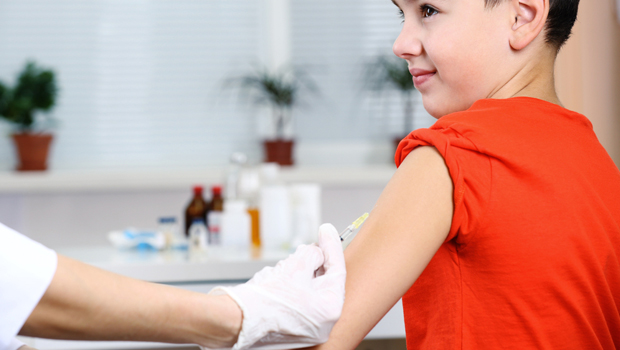Teens Try Artificial Pancreases at Home

Adults have long grown accustomed to having teens fix their technological problems, so perhaps it shouldn’t surprise us that UK researchers let teens use artificial pancreas systems at home for a 3 week stretch.
In April 2014, researchers with the Juvenile Diabetes Research Foundation UK announced the success of a study that allowed teens with Type 1 diabetes to test artificial pancreas technology in real world conditions. The teens wore a closed loop artificial pancreas system for 3 weeks in their homes, with researchers monitoring them from a distance. It consisted of an insulin pump connected to a continuous glucose monitor (CGM); the pump was programmed to automatically adjust insulin levels based on feedback from the CGM. After 3 weeks, the teens then wore the same system with just the pump component activated.
According to a Diabetes.co.uk article, the artificial pancreas technology performed just as researchers had hoped. When compared to standard pump therapy, the experimental system improved nighttime blood glucose control and reduced the number of incidents of nighttime hypoglycemia. Also, the researchers found the teens needed 2.3 fewer units of insulin daily than when on standard pump therapy.
(It should be noted that some people in the diabetes community dispute whether such a system should be called an “artificial pancreas”, as it lacks glucagon delivery.)
The UK study was a longer test of artificial pancreas technology than has been tried in the states. In a 2012 study conducted by the University of Virginia Center for Diabetes Technology, researchers only sent adults with T1 home with a similar system for several days at a time.
Tom Brobson, JDRF’s national director of research and investment opportunities in the United States, took part in the 2012 trial. As chronicled in “I Was An Artificial Pancreas Guinea Pig”, Brobson recalls how freeing of an experience it was to go to a restaurant and devour a hamburger and an ice cream sundae without having to worry about a monstrous blood glucose swing.
“Literally, they just handed me this phone and said, ‘Go live your life,’” Brobson said in the article.
We soon may be reading about more real-world artificial pancreas trials, as University of Virginia researchers are gearing up to test the experimental technology with youth attending diabetes camp (this summer) and in home environments (soon).

of a handful of teens
who have participated in
an artificial pancreas trial.
A small group of U.S. teens have already tried experimental artificial pancreas technology in a lab setting. Kate Cacopardo, a 14-year-old from Knoxville, Tennessee, recently participated in one University of Virginia study. For several days, she and a group of other teens with T1 either were hooked up to an experimental Dexcom pump and CGM-loop system (and a backup pump for safety) or stayed on their usual pump therapy. They then were observed for several days doing all the normal things teens do when they are stuck in a lab and being poked and prodded by researchers at all hours of the day and night. After several days, the two groups of teens then switched places. For Cacopardo, one of the most memorable things about the experimental system was how nonexperimental it felt.
“It was kind of bulky and we didn’t really get to use it the way we use our pumps, but it wasn’t really very different,” she says in an email interview.
Aside from an early wrinkle, when her artificial pancreas missed a high blood glucose reading and needed to be recalibrated, she said the system worked great in automatically keeping up with her body’s needs. It made her regret when the experiment ended.
“All of us said we would get (the experimental artificial pancreas systems) tomorrow if they were available,” she says.
In future field trials of the system, researchers might find that teens with T1 adjust easier to the artificial pancreas technology than their adult counterparts. Cacopardo and her peers grew up as a generation of people with diabetes accustomed to responsive design, smart pumps, and CGMs. She says there was a tech divide between the teens participating in the trial and some of the observing parents.
“One of the boys in the group had to fix his dad’s office computers while being in the trial. He was really tech savvy,” she says. “My mom only knows the basics of my pump, but the parents did try to understand it all.”
Thanks for reading this Insulin Nation article. Want more Type 1 news? Subscribe here.
Have Type 2 diabetes or know someone who does? Try Type 2 Nation, our sister publication.







